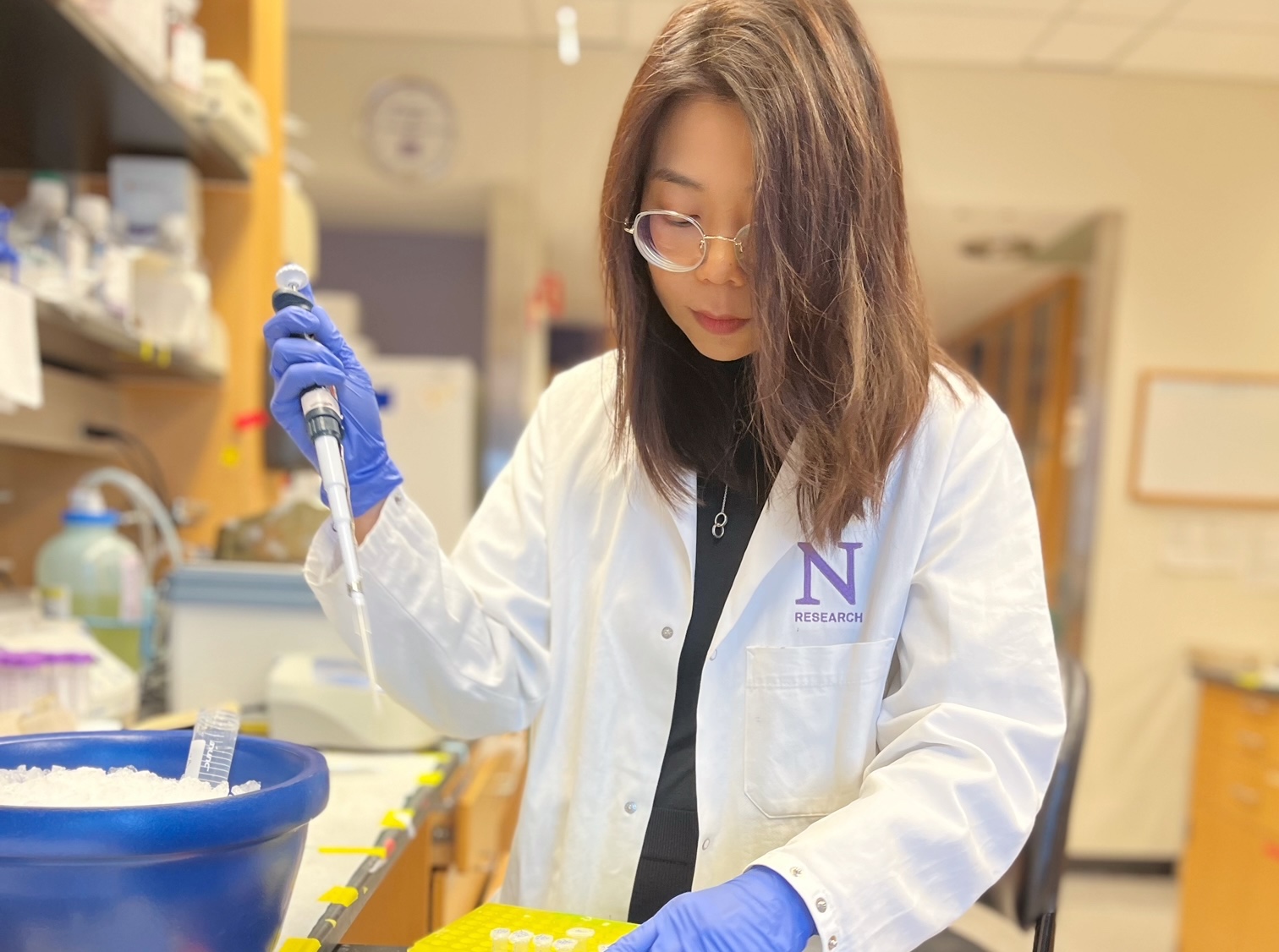In a paper published on June 30, 2011 in the journal Nature, researchers working as part of The Cancer Genome Atlas (TCGA) Research Network report that they have created a genetic “map” of ovarian cancer. This important work, which is the largest study of any tumor type to date, will help researchers better understand the disease and will pave the way for more effective, targeted treatment.
Members of Ovarian Cancer Research Fund’s Scientific Advisory Committee, Board of Directors, as well as OCRF grantees, contributed to this landmark study.
Analyzing hundreds of samples of high grade serous ovarian cancer (the most common and deadly kind of ovarian cancer), researchers made several important findings.
The genomic scan also points to new leads for potential treatments. For example, mapping also revealed 68 genes that could become appropriate therapeutic targets for medications — either drugs already approved for cancer treatment by the FDA or drugs still under development, the researchers noted.
Dr. Andrew Berchuck of Duke University, who contributed to the research and who serves on OCRF’s Scientific Advisory Committee, said that the main point here is that “not all ovarian cancers are alike.”
“This was suspected to be the case,” said Berchuck, but, “no one’s ever mapped it out in extraordinary detail like this before, so that we can begin to understand the biology and root causes of what’s going on,” he pointed out.
“For patients, what’s important is that we can now look at an individual cancer and characterize the molecular alterations that have caused that specific cancer to arise,” Berchuck said. “And then those alterations become therapeutic targets for treating that particular cancer. So it really ushers in the potential for personalized medicine, in which you’re not treating all ovarian cancers in the same way. Of course, it’s a big leap between that knowledge and being able to do something about it. But this represents a major step in the right direction.”
Adapted from a US News article, and an NCI press release.


